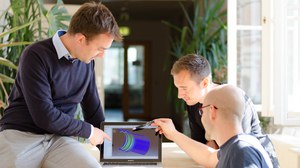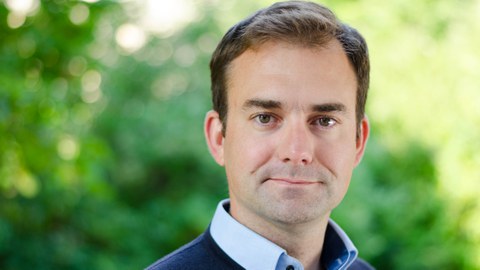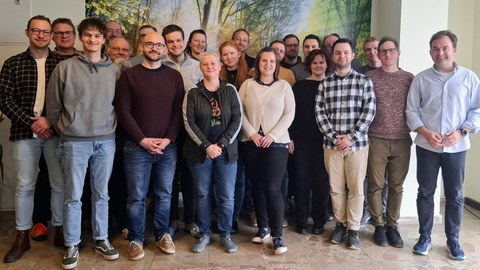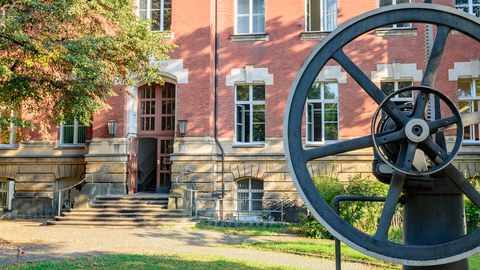Profile
The Chair of Computational and Experimental Solid Mechanics pursues the concept of a physically motivated continuum modeling in both teaching and research. We develop novel computational and experimental methods and utilize them to analyze complex problems in materials and engineering science.
A comprehensive course program imparts the basics of Engineering Mechanics and provides inside into current developments in the field of Computational and Experimental Mechanics.
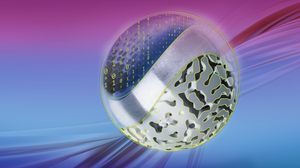 © NEFM
© NEFM
Objectives
With the start of the winter term 2016/17 the new chair of Computational and Experimental Solid Mechanics replaces the chair of Nonlinear Solid Mechanics (Prof. Ulbricht). Currently, 11 researchers are working in theoretical and applied research projects to develop novel computational simulation techniques and experimental methods. Since October 1, 2016 Prof. Kästner is the new holder of the chair.
The course program of the chair is two-fold. One key aspect are undergraduate courses in Engineering Mechanics. These basic courses are accompanied by graduate courses that provide comprehensive knowledge on continuum modeling and theory of materials as well as standard and novel discretization techniques. These methods are applied in the simulation of nonlinear and coupled field problems.
The main objective of the chair is the development and application of efficient computational modelling and simulation techniques to analyze complex process-structure-property relationships in advanced materials and components that undergo both - mechanical and nonmechanical - loadings which may involve thermo-magneto-mechanical coupling effects.
To determine the required input data, to motivate the structure of constitutive relations and to validate the computational results, the chair has a strong interest in the development and application of novel optical measuring systems. Together with the working group on fatigue strength we can provide a wide range of loading and measuring devices.

